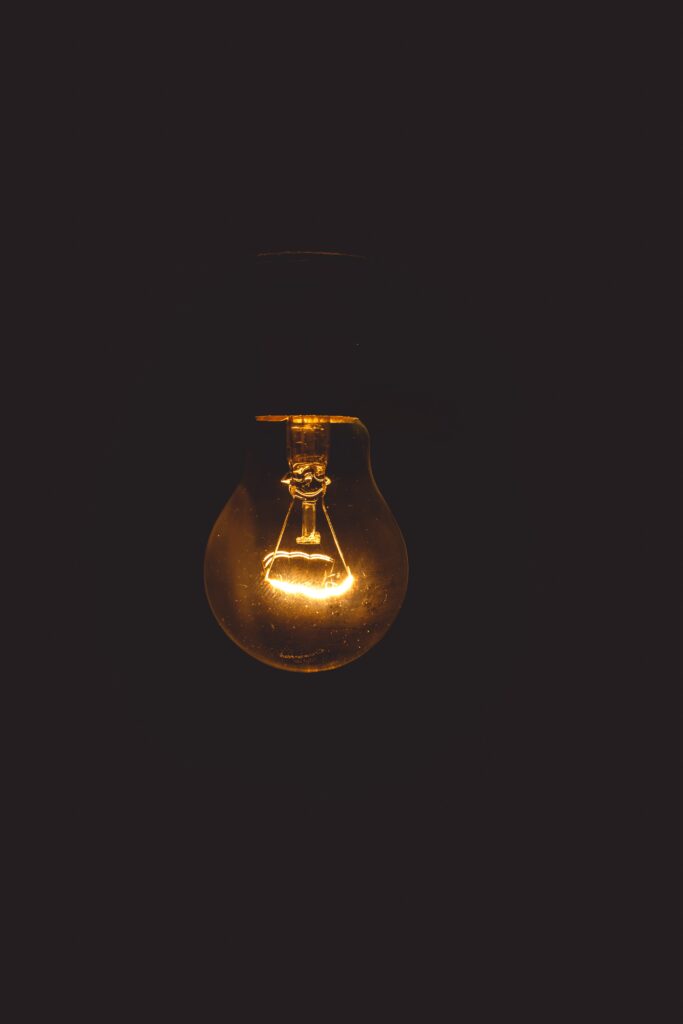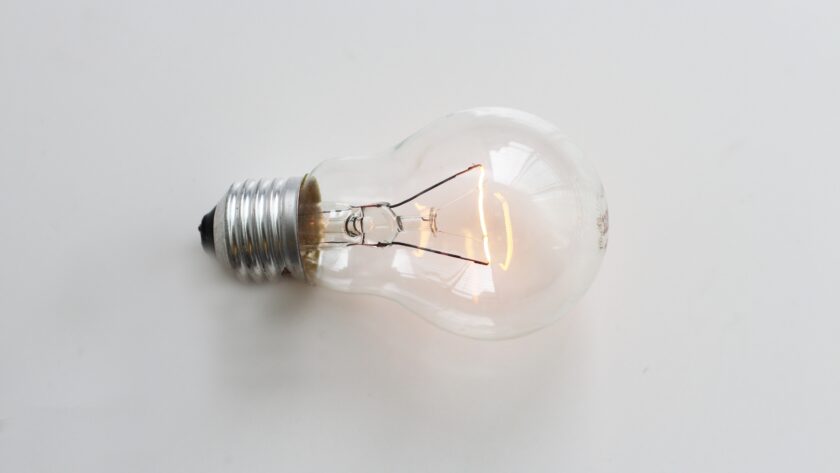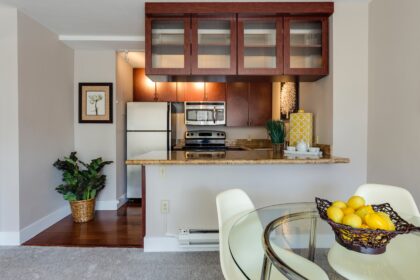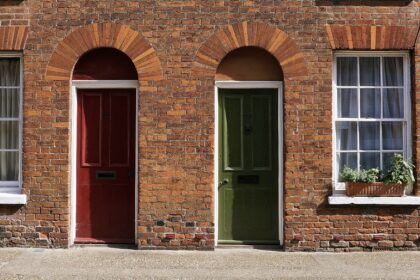
Light bulbs are an essential component of any home, providing much-needed illumination for our daily activities. However, it’s not uncommon to come across different types of bulbs and connectors, which can be confusing for those who are new to DIY. In this How To, we’ll go over how to install and uninstall light bulbs, the different types of bulbs and connectors available, and their energy efficiencies.
Types of Bulbs and Connectors
There are a variety of different light bulbs available, each with its own unique set of features and benefits. Some of the most common types of bulbs include incandescent, halogen, LED, and CFL bulbs.
When it comes to connectors, there are two primary types: Edison screw and bayonet bulbs. Edison screw bulbs feature a screw base and are identified by a code that represents the diameter of the screw thread, such as E26 or E27. Bayonet bulbs, on the other hand, have two pins that fit into a socket and are identified by a code that represents the distance between the pins, such as B22.
Installing and Uninstalling Light Bulbs
Before installing or uninstalling a light bulb, it’s important to make sure that the light switch is turned off. If the bulb is hot, allow it to cool down before handling it.
To install a bulb with an Edison screw, simply insert the base into the socket and twist it clockwise until it’s securely in place. For bayonet bulbs, insert the pins into the socket and twist the bulb clockwise until it’s securely in place.
To uninstall a bulb, simply turn it counterclockwise until it’s loose and can be removed from the socket. Be careful not to apply too much force, as this can cause the bulb to break and potentially cause injury.
Energy Efficiencies
When it comes to energy efficiency, LED bulbs are the clear winner. They use up to 90% less energy than incandescent bulbs and last up to 25 times longer, making them a great investment for both your wallet and the environment. Halogen bulbs are slightly more efficient than incandescent bulbs, but they still use significantly more energy than LED bulbs. CFL bulbs are another option, but they contain small amounts of mercury and should be recycled properly when they burn out.

Choosing Colors
Finally, when choosing light bulb colors, it’s important to consider the ambiance you want to create in the room. Warm white bulbs are great for creating a cozy atmosphere, while cool white bulbs are better suited for areas where you need brighter, more focused lighting. Daylight bulbs are a good option for workspaces, as they mimic natural daylight and help reduce eye strain. Using different colours can help with segmenting an open plan room in your house.
As you can see, installing and uninstalling light bulbs is a simple process that can be easily accomplished with the right knowledge. By understanding the different types of bulbs and connectors available, as well as their energy efficiencies, you can make informed decisions when it comes to choosing the right lighting for your home, and ensure that bulbs are correctly and safely installed.





